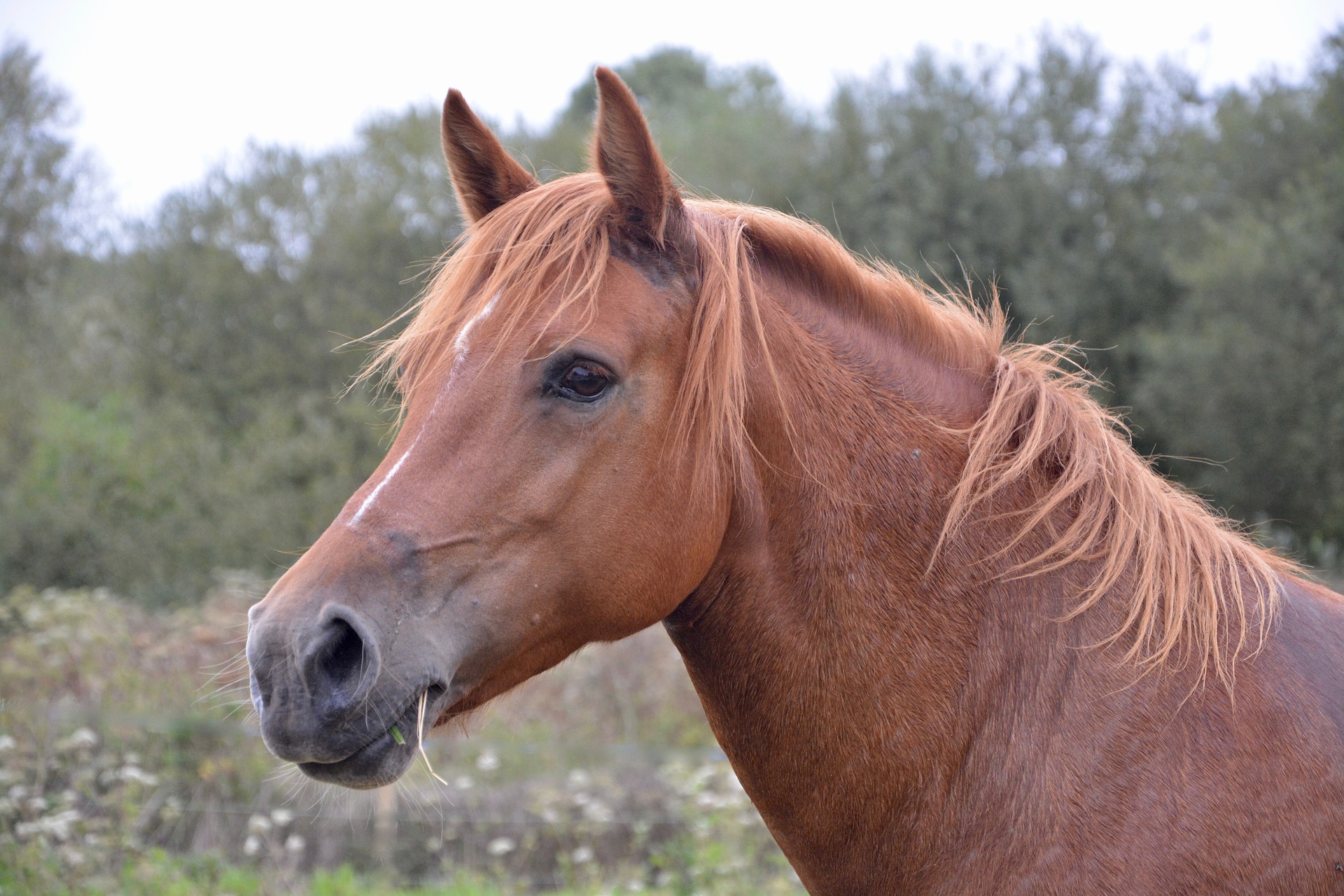Cushing’s disease in horses is a hormonal disease that affects older horses in particular (it can appear as early as 15 years old). This disease can be fatal, so it is essential to diagnose it well and as early as possible to delay its development in the best way.
What is Cushing’s disease?
Cushing’s syndrome is an endocrine disorder that causes a series of hormonal disturbances in the horse. In a healthy horse, dopamine produced in the hypothalamus controls the secretion of hormones produced by the pituitary (including ACTH). In a horse with Cushing’s disease, the hypothalamus degenerates and can no longer fulfill its regulatory role. The pituitary gland becomes enlarged and produces excessive amounts of ACTH, a hormone that stimulates the production of cortisol in the adrenal glands. Cortisol influences the metabolism of glucose, proteins, lipids, the regulation of immunity and circadian rhythms, hence the appearance of a series of disorders in the horse.
What are the symptoms?
Diagnosis of Cushing’s disease can be difficult as the symptoms can be related to other diseases of the horse (e.g. Lyme disease). In particular, the following symptoms are noted in affected horses: hirsutism (the horse’s hair grows and falls out abnormally, can be very long, and can even curl in certain places. The horse may also suffer from regular laminitis. We also observe a change in the morphology of the horse, with a loss of muscles, especially on the back line and the appearance of a pendulous belly. The horse may also lose weight abnormally, be more lethargic, drink and urinate more often. This list is not exhaustive, as other symptoms may be associated with Cushing’s disease.
How is Cushing’s disease diagnosed?
As soon as the first symptoms of Cushing’s disease appear, the veterinarian can take a blood sample and perform a simple test for ACTH, the hormone produced in excessive quantities in Cushing’s disease. Other tests can be done to confirm the diagnosis such as the dexamethasone suppression test or the TRH (thyroid stimulating hormone) test. These tests involve comparing ACTH blood levels before and after dexamethasone or TRH injection.
What treatment?
While there is no cure for Cushing’s disease, your veterinarian can prescribe a care plan to improve your horse’s comfort. The earlier Cushing’s disease is managed, the greater the chance of improvement in the horse’s condition.
The main treatment for Cushing’s disease is pergolide, a dopaminergic substance that inhibits the pituitary gland. Pergolide will replace dopamine, which is secreted in insufficient quantities in Cushing’s disease and will limit the production of ACTH.
Trilostane (a steroid biosynthesis inhibitor) is also used to regulate the adrenal gland. These 2 treatments should be given for life to prevent the precipitation of Cushing’s disease to a fatal outcome. If successful, the treatment can help improve the horse’s health and in the best cases, resume light physical activity.
In addition to these treatments, your farrier can advise you to use M-shoes to make your horse more comfortable if it is prone to laminitis. As Cushing’s disease often leads to immunodeficiency in horses, vitamin supplements may be necessary to strengthen their immune system. Also, make sure your horse’s vaccinations and deworming treatments are up to date, and don’t hesitate to shear your horse in the summer if his coat is too thick.



